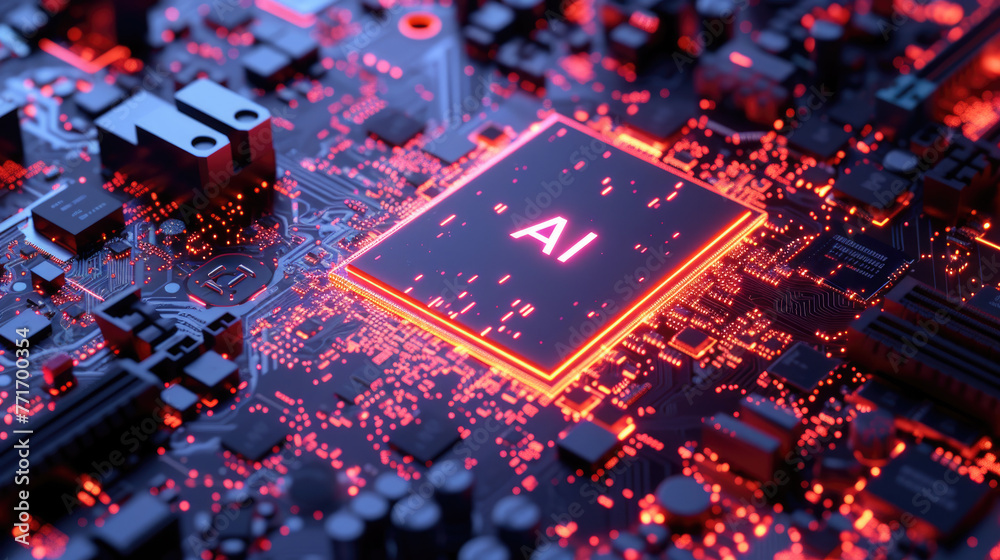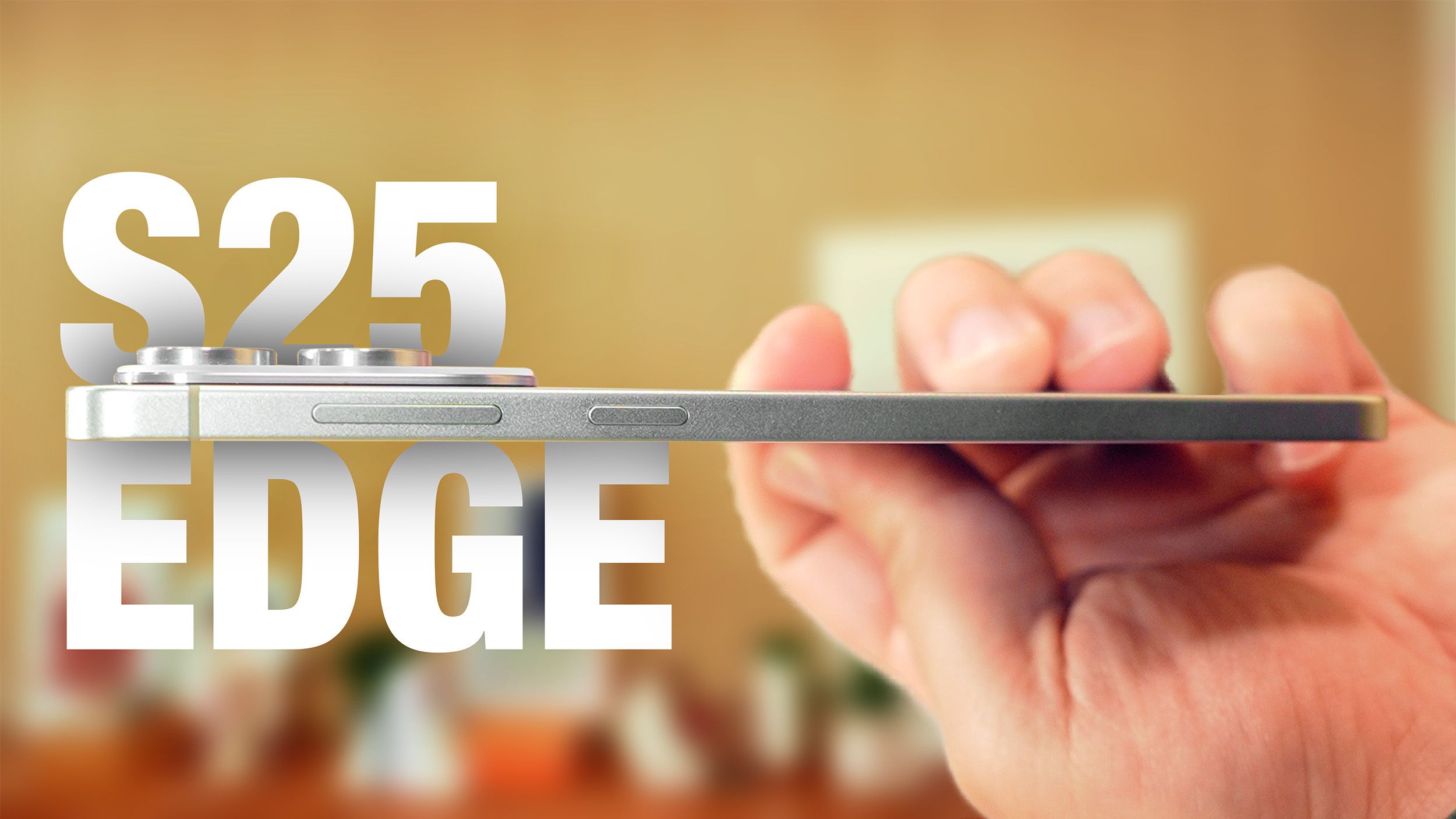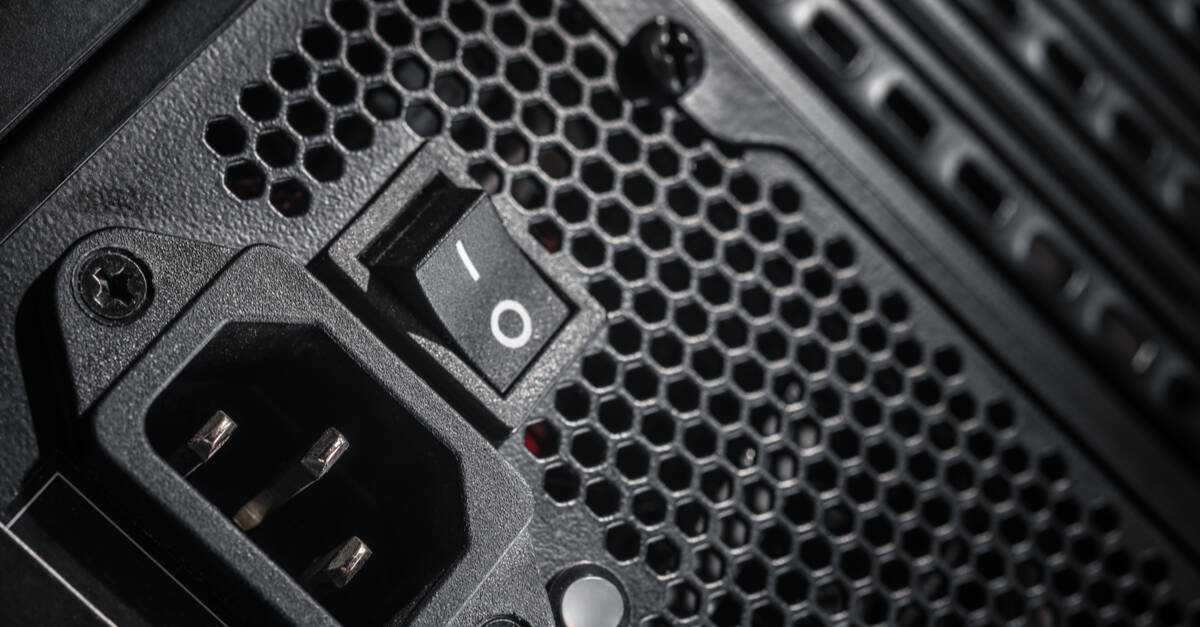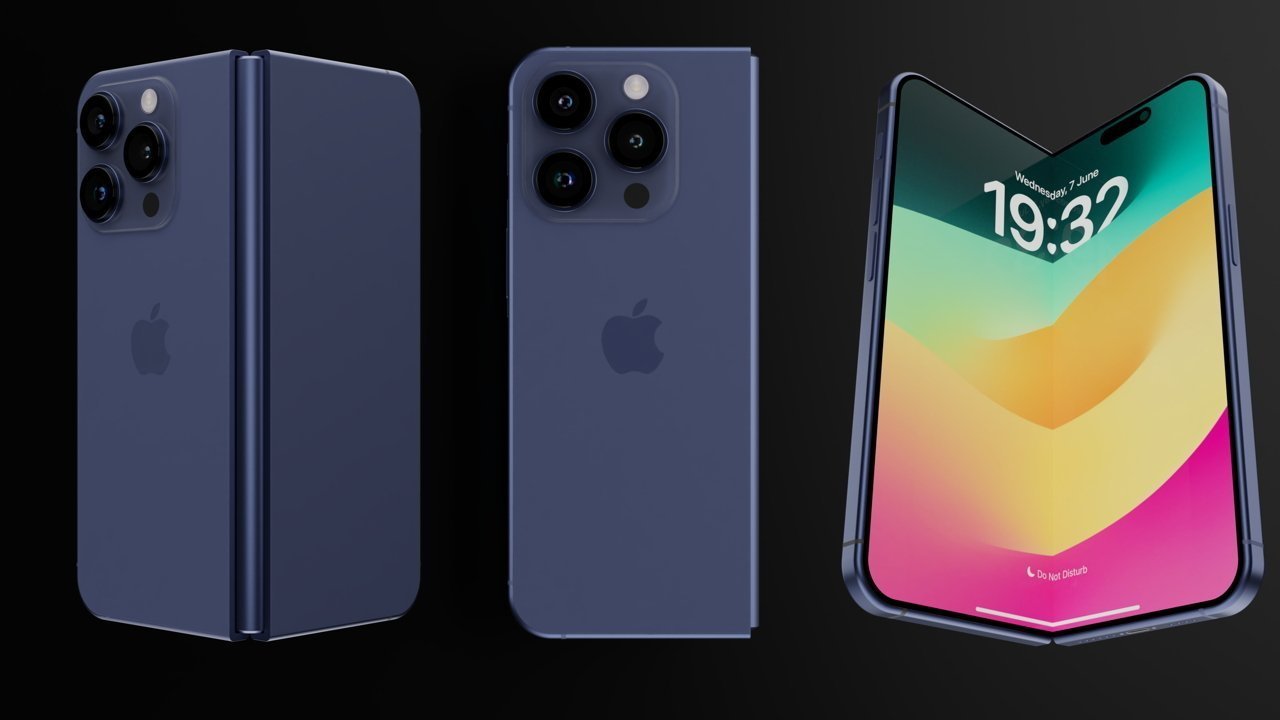
Microsoft’s Bold New AI PC Vision: What It Means for the Future of Computing
Microsoft’s Vision for AI PCs Looks a Lot Like Another Crack at Cortana
What Is Microsoft’s Vision for AI PCs?
At its core, Microsoft’s vision for AI PCs aims to provide users with a seamless, intelligent assistant embedded into their computing environment — much like what Cortana promised in the past but with far more powerful AI technology behind it. This approach involves leveraging the latest advances in large language models (LLMs), conversational AI, and real-time context awareness to enable PCs that not only respond to commands but proactively assist users in managing tasks, information, and workflows.
How Does This Compare to Cortana?
Cortana was Microsoft’s first major AI assistant launched in 2014. Despite its promise, it never quite took off due to limited functionalities, weak integrations, and stiff competition from rivals like Apple’s Siri and Amazon Alexa. Microsoft’s new AI PC vision resembles a reinvention of Cortana equipped with:
- Advanced conversational AI with natural language understanding
- Deeper system-level integrations across Windows and apps
- More proactive and context-aware assistance capabilities
- Improved personalization of user interactions and workflows
Essentially, Microsoft is learning from past shortcomings and using breakthrough AI models to create a smarter, more capable assistant that’s embedded throughout the entire PC ecosystem.
Key Components of Microsoft’s AI PC Strategy
- Integration of Large Language Models: Powered by technologies like OpenAI’s GPT, these AI engines enable more natural, meaningful conversations and task handling.
- Contextual Awareness: AI PCs will understand the user’s environment, ongoing tasks, and device states to offer context-sensitive help.
- Cross-Device Synchronization: Information and preferences will sync across PCs, mobile devices, and cloud platforms for consistent AI interactions.
- Privacy and Security Focus: Microsoft emphasizes protecting user data by processing AI locally or securely in the cloud.
- Developer Ecosystem: Providing APIs and tools to third-party developers to extend AI PC capabilities into popular applications.
Why Now? The Rise of AI and Changing User Expectations
The timing for Microsoft’s renewed AI assistant push is no coincidence. The rapid advancement of AI technologies coupled with growing user expectations for more intuitive computing are key drivers:
- Increased accessibility to powerful AI models through cloud and edge computing
- Shift towards hybrid work demanding smarter tools for productivity
- Users expecting a more personalized, efficient way to interact with their devices
Microsoft’s latest AI PC vision taps into this moment to redefine the personal computing experience.
Potential Challenges for Microsoft’s AI PCs
Despite the promising outlook, there are hurdles Microsoft must overcome to make their AI PC vision a success:
- User Adoption: Convincing users to rely on AI assistants again after previous lukewarm receptions.
- Privacy Concerns: Ensuring transparency and control over AI-driven data collection will be critical.
- Competition: New AI assistants embedded by Apple, Google, and Amazon will rival Microsoft’s offerings.
- Technical Complexity: Seamless AI integration across devices and applications is a challenging engineering feat.
What This Means for the Future of PCs
If successful, Microsoft’s AI PCs could transform personal computers from passive machines into active collaborators that anticipate and fulfill user needs. This will:
- Boost productivity through intelligent automation of routine tasks
- Enable richer, voice-driven, and gesture-based user interfaces
- Make computing accessible to a broader range of users with diverse abilities
- Drive innovation in hardware design tailored for AI interactions
“Microsoft’s new approach to AI PCs reflects a fundamental shift in how we’ll interact with technology—moving from commands to conversations.” – AI Industry Expert
For more detailed insights on Microsoft’s evolving AI strategies, check out the detailed coverage at Ars Technica.
Frequently Asked Questions (FAQ)
What is Microsoft’s AI PC vision?
Microsoft’s AI PC vision is about embedding advanced AI assistants deeply into personal computers, enabling proactive, intelligent help using state-of-the-art conversational AI and large language models.
How is this different from Cortana?
This new vision builds on Cortana’s concept but uses far more powerful AI technologies, better integration across Windows, and context-aware assistance to deliver a sophisticated user experience.
Will Microsoft’s AI PC violate my privacy?
Microsoft is placing significant emphasis on privacy and security by enabling local AI processing where possible and ensuring transparent data handling practices.
When can I expect AI PCs with these new features?
While some AI enhancements are rolling out now, fully integrated AI PCs are expected to arrive gradually over the next few years as software and hardware evolve.
Where can I learn more about Microsoft’s AI strategies?
You can learn more by visiting trusted tech news sources such as Ars Technica, which covers the latest developments in Microsoft AI.



